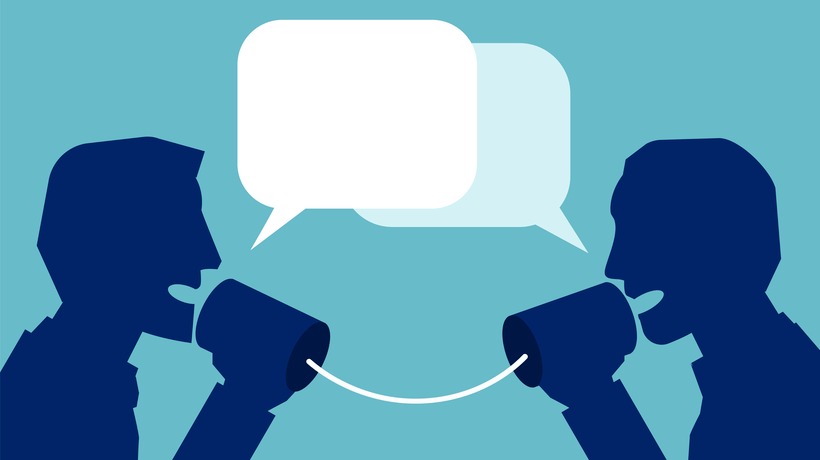
In the modern workplace, effective communication is paramount. It ensures a cohesive team, efficient workflows, and a healthy company culture. As such, it’s no surprise that organizations are continually looking for innovative ways to improve the communication skills of their employees. One cutting-edge method involves the use of simulations. Here are three ways simulations can enhance employee communication skills:
1. Realistic Interaction Practice: Simulations create virtual scenarios that closely mimic real-life situations where employees must communicate effectively. These could range from dealing with difficult customers to collaborating on complex, multidepartmental projects. By practicing in a controlled but realistic environment, employees can develop and hone their verbal and nonverbal communication strategies—such as active listening, clear articulation of ideas, and appropriate body language—without the stakes of a real-world fallout.
2. Feedback and Improvement Cycle: A key advantage of using simulations for training is the immediacy and specificity of feedback that can be provided. In real-time or post-scenario analysis, simulations offer an avenue for employees to receive constructive criticism about their communication approach from trainers or AI-driven analysis tools. Employees can then apply this feedback immediately in successive simulation exercises, fostering a rapid improvement cycle and solidifying best practices in communication.
3. Handling Diversity in Communication: Workplaces are increasingly global and diverse, which means encountering a wide variety of communication styles is inevitable. Simulations can be tailored to expose employees to different linguistic cues, cultural norms, or even virtual avatars with differing personality types. This exposure prepares employees to better understand and adapt their communication methods accordingly when they interact with colleagues from varied backgrounds in real life.
Simulations offer an immersive, effective tool for improving employee communication skills across various dimensions—practical application, feedback integration, and cultural competence—and equip staff with the abilities required to navigate the complex landscape of modern-day business communications successfully.


